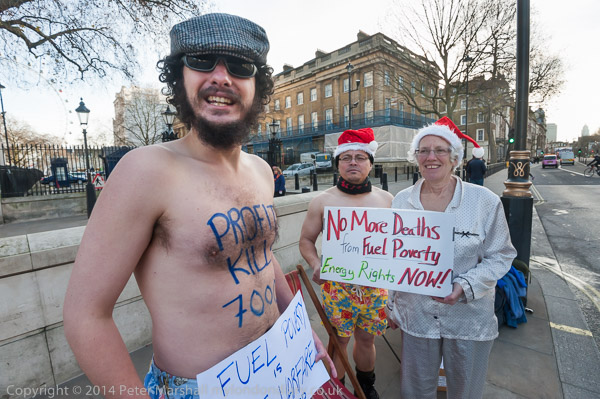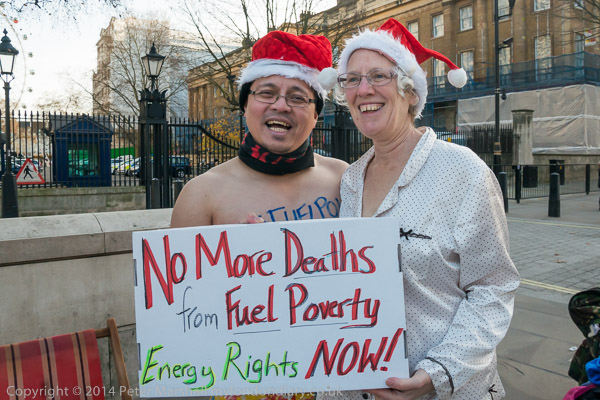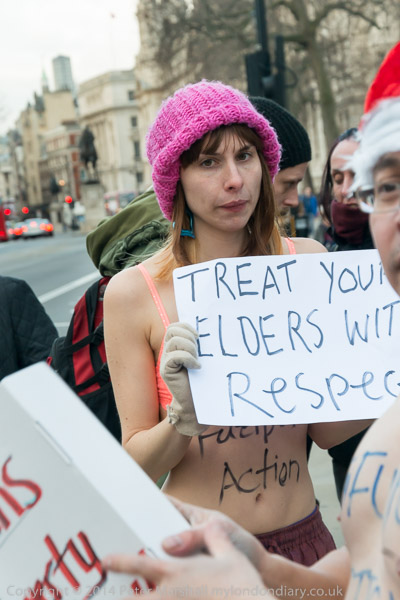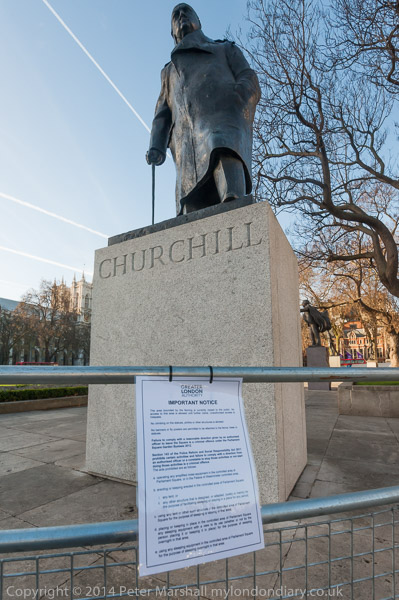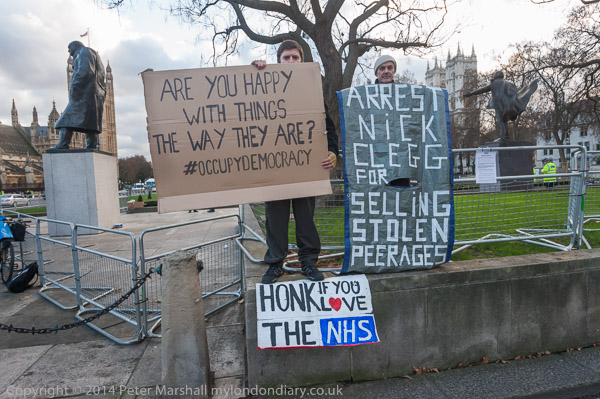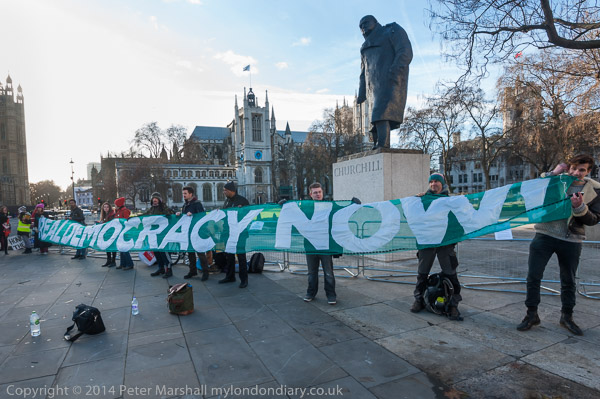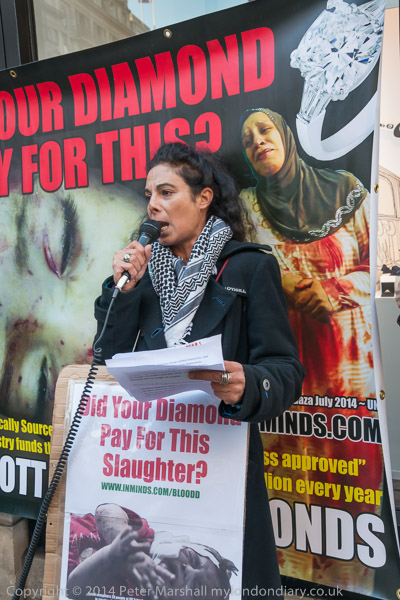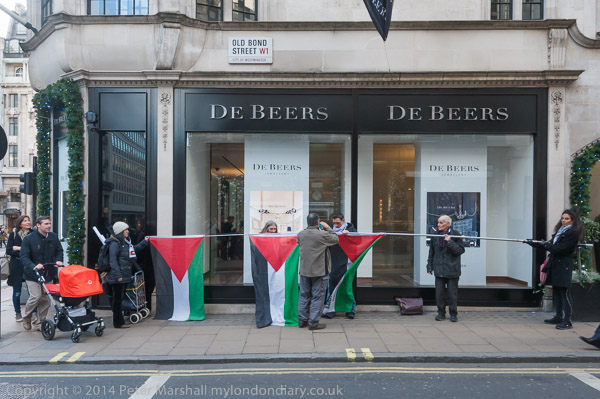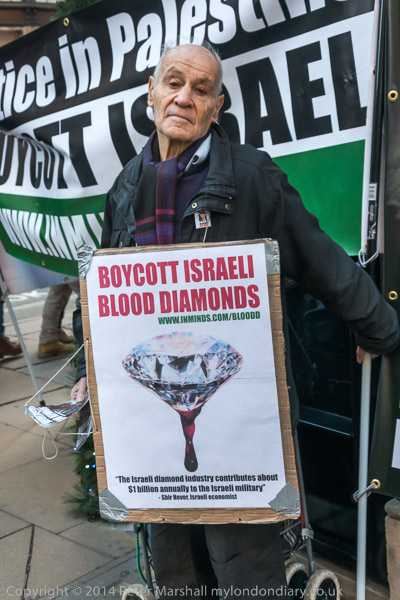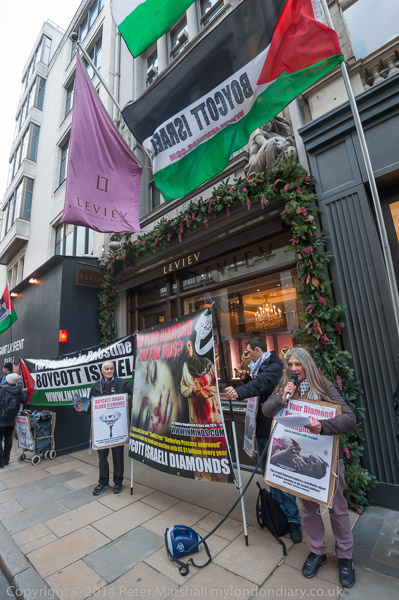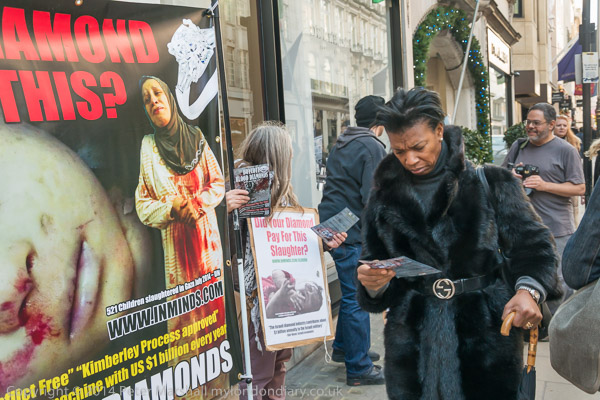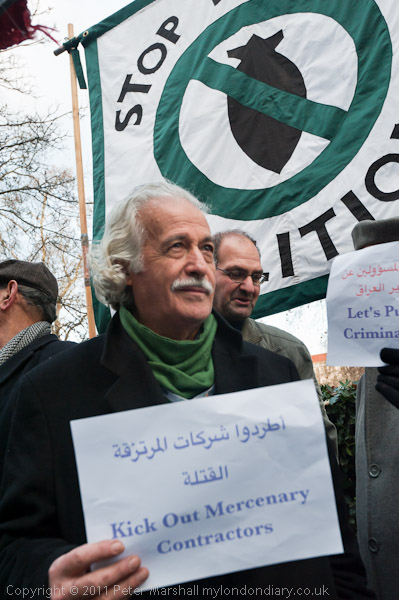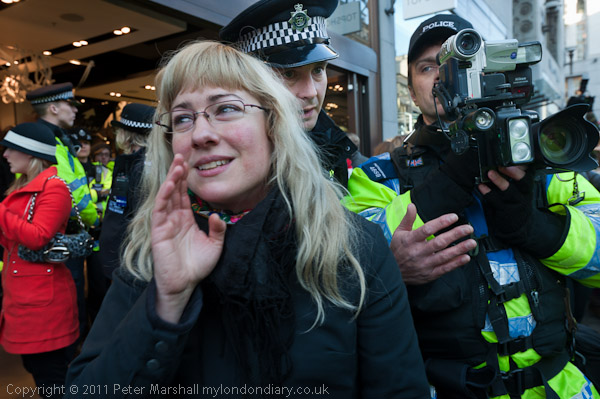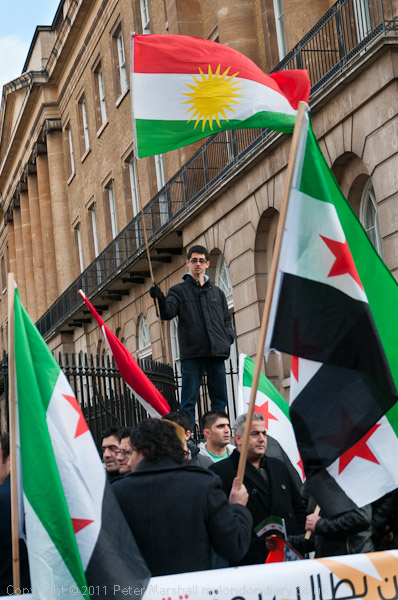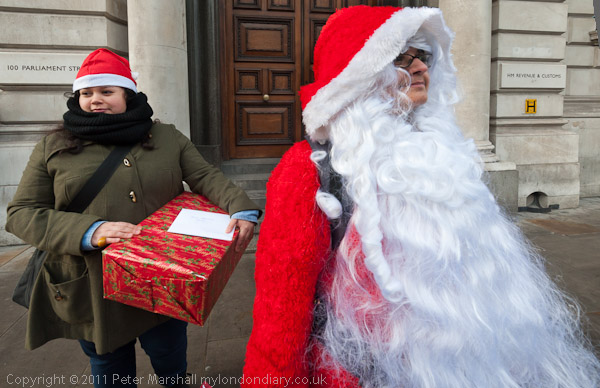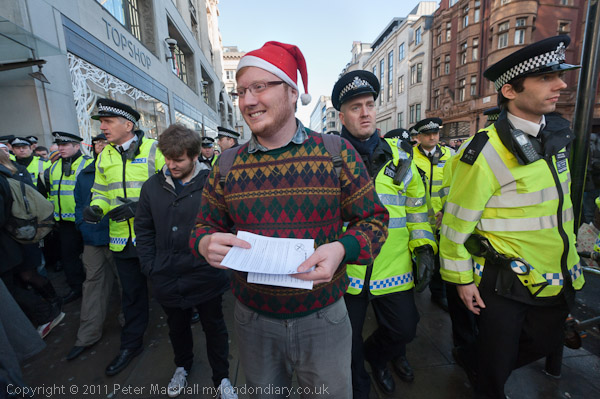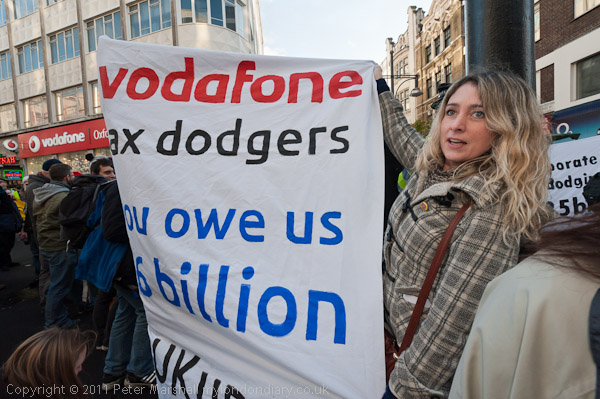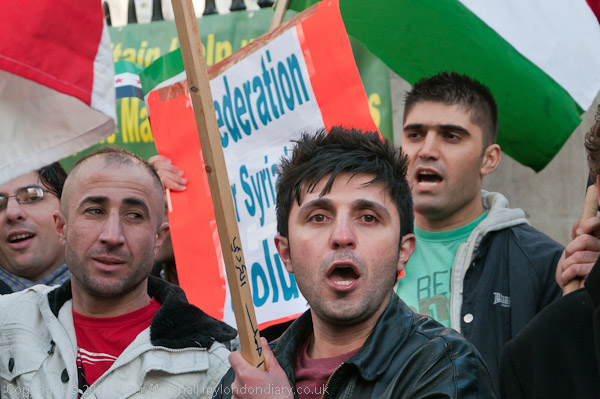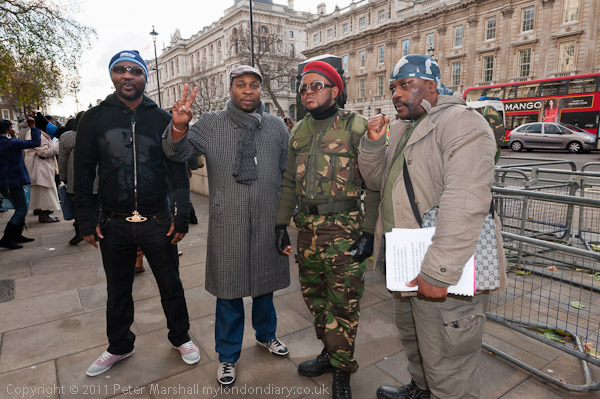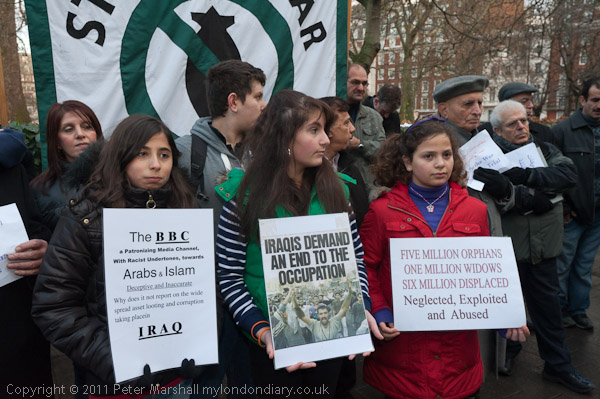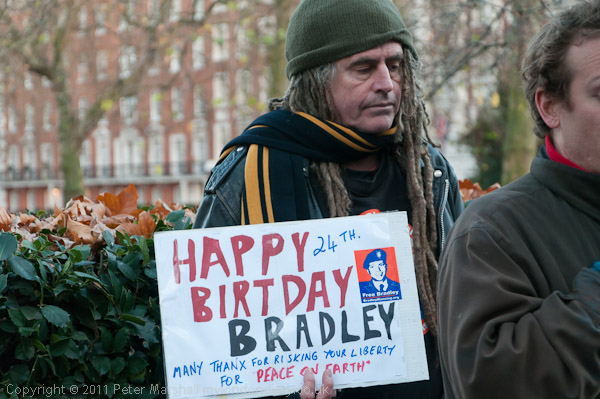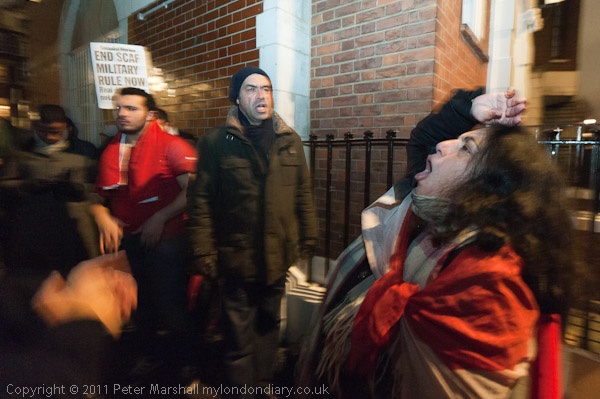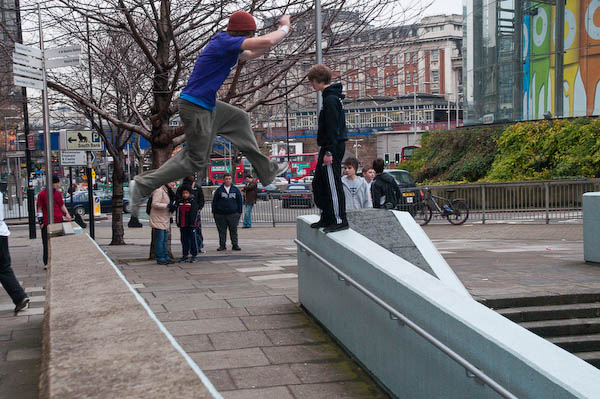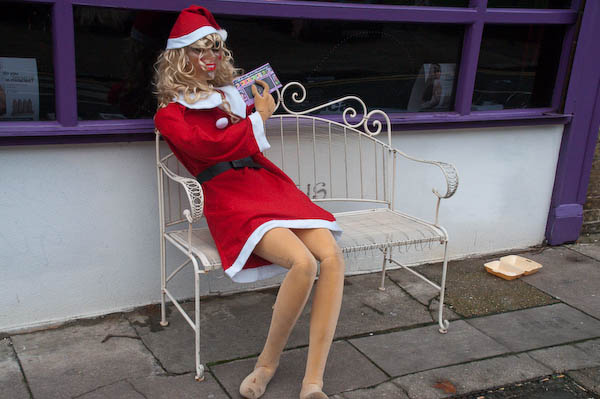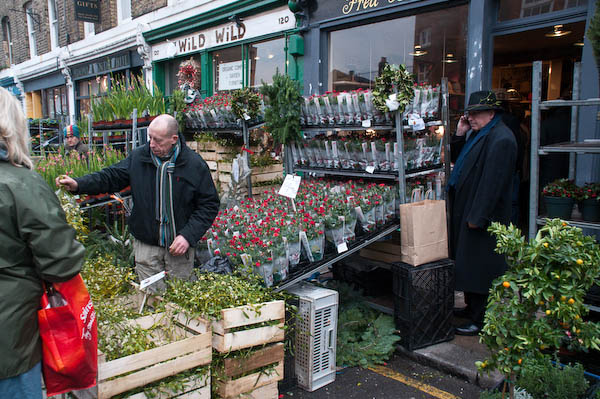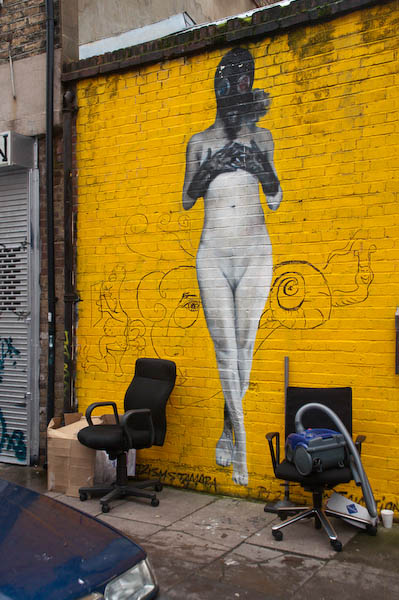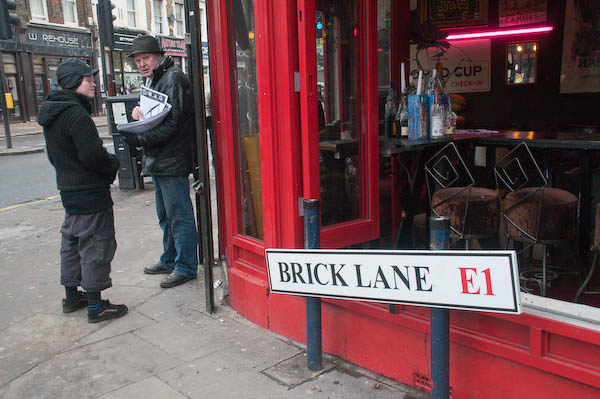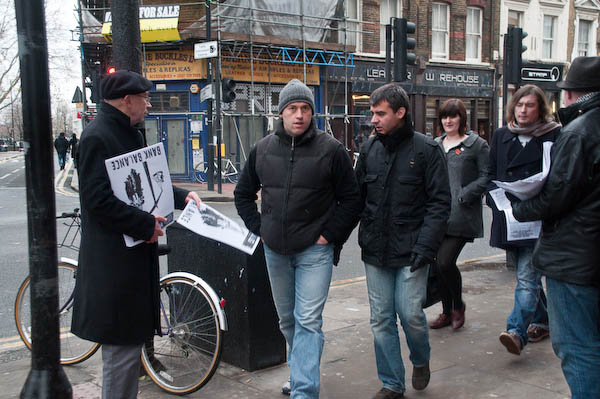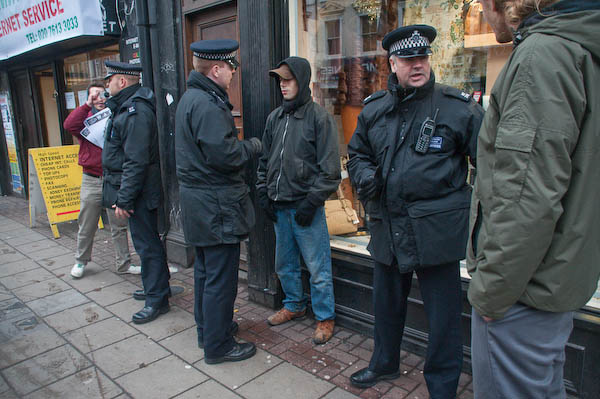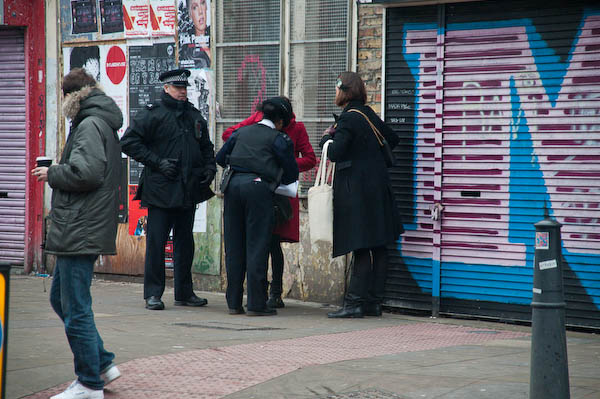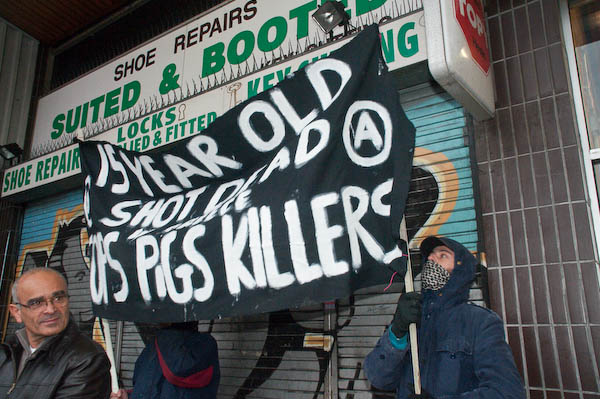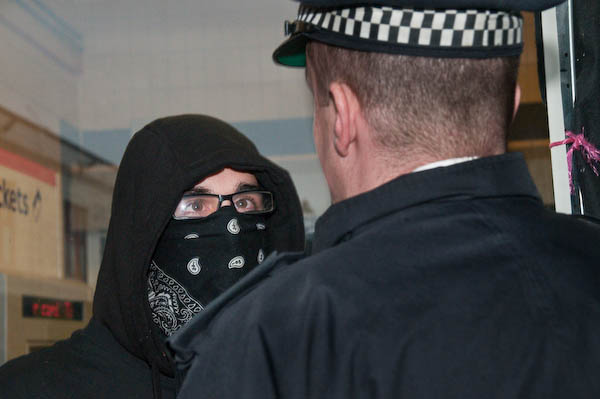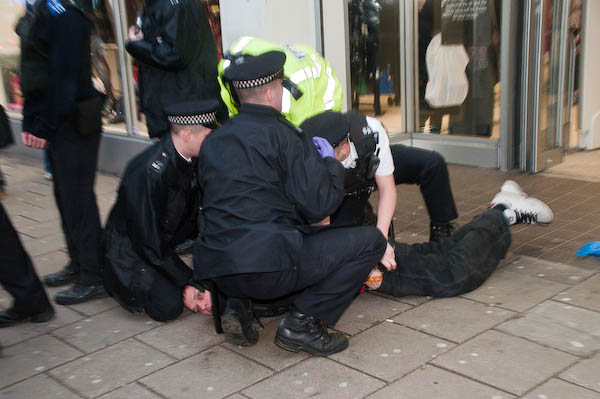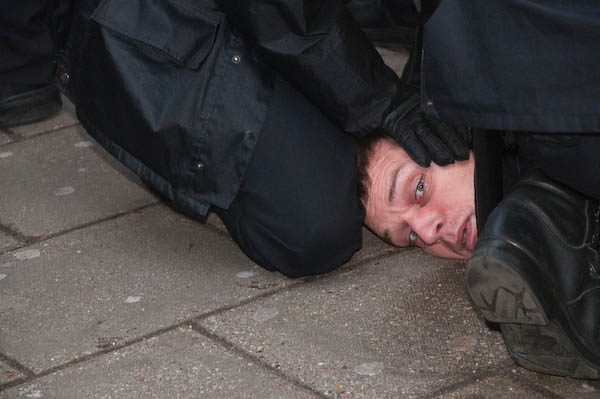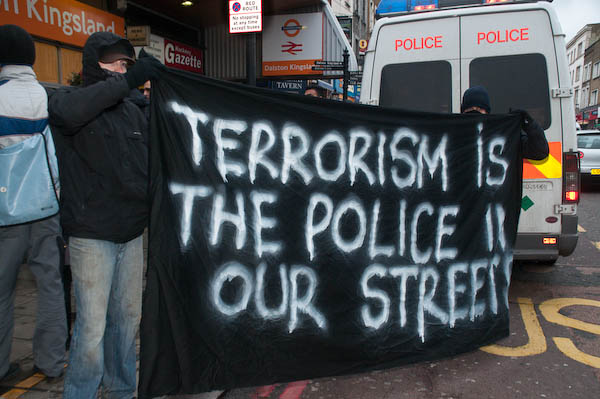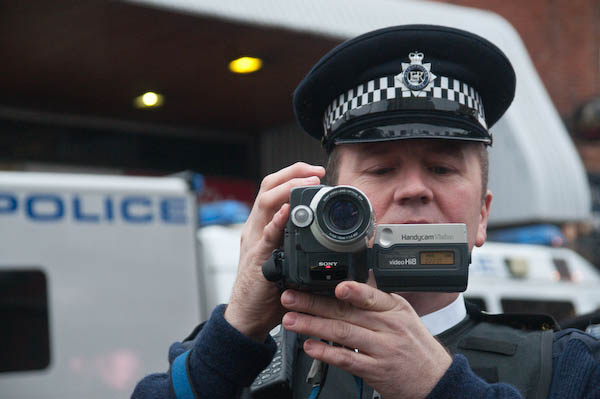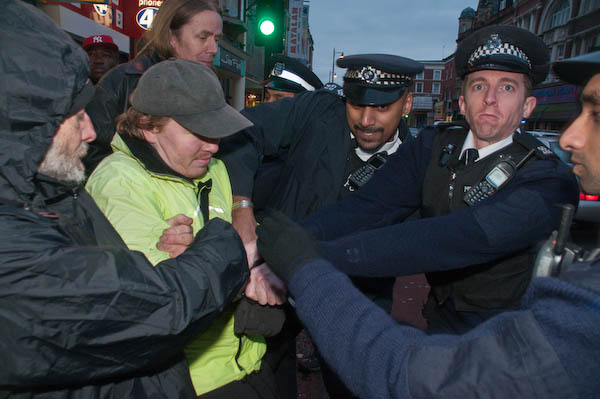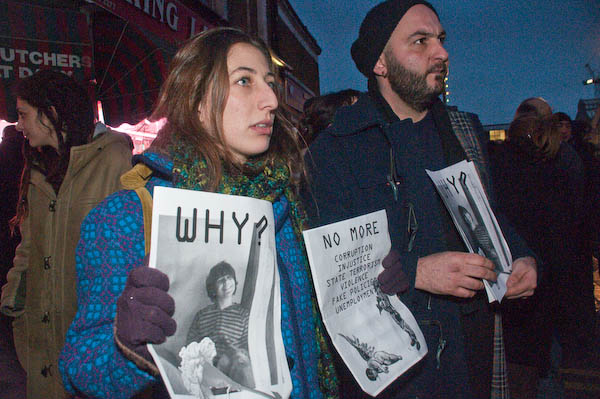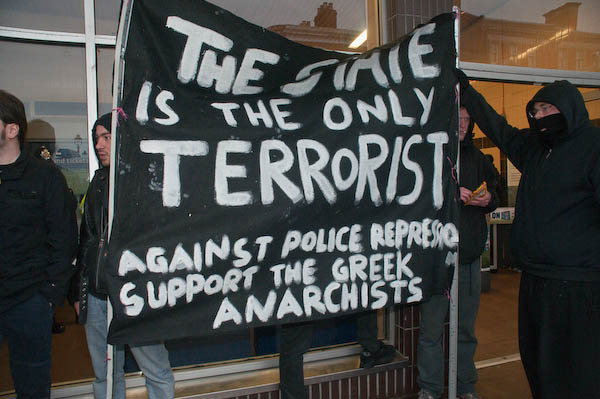I began another walk from Camberwell on Sunday 12th February 1989, starting from a bus stop on Camberwell Road I made my way east towards Sedgemoor Place.
The Aged Pilgrims’ Friend Society was established in 1807 by a group of Christians concerned about “the aged and infirm Christian poor”. William Wilberforce, best known as an anti-slavery campaigner, was its Vice-President in the early years. At first it provided life pensions to Protestants over 60 whose income was less than 5s (25p) a year and by 1825 had supported over 800 pensioners with pensions of five or ten guineas a year.
The Aged Pilgrims’ Friend Society were given a site in Camberwell by William Peacock Esq and raised the money to build their first almshouses there, opening in 1837 to house 42 pensioners. The Tudor-style building is Grade II listed. It was sold by the Aged Pilgrims’ Friendly Society who by then had added an ‘ly’ to there name in 1991 and is now flats.
The Aged Pilgrims’ Friend Society were given a site in Camberwell by William Peacock Esq whose donation is recorded above the doorway and raised the money to build their first almshouses there, opening in 1837 to house 42 pensioners. The Tudor-style building is Grade II listed. It was sold by the Aged Pilgrims’ Friendly Society in 1991 and is now flats.
The picture shows the demolition of former workhouse and the start of the conversion to flats of the Grade II listed circular ward tower fronting onto Havil Street. This was built in 1889-90 for the Camberwell Workhouse Infirmary, later St Giles’s Hospital, architect W S Cross. Each fllor contained 24 beds radiating around a central shaft, in which heating and ventilation services were located. I had photographed this building on a walk a few weeks earlier and had gone back to see if work was progressing and I could get a better view.
Plans for the Sceaux Gardens estate in the mature grounds of the former Camberwell House Lunatic Asylum were approved in 1957 and included two 15 storey tower blocks, Lakanal House and Marie Curie House. The estate was named after Sceaux near Paris which Camberwell had twinned with in 1954. I’ve visited Sceaux a few times and it has a rather better palace and park where festivals are held.
The Lakanal fire in 2009 killed 6 and injured at least 20 more; the recommendations from the enquiry were not implemented but would have prevented the later even more disastrous fire at Grenfell Tower. I think this block is probably Lakanal, but can find no details about the statue – and it certainly isn’t Lakanal.
Joseph Lakanal (1762 – 1845) was a French politician, and an original member of the Institut de France and one of the leading administrators of the French Revolution and responsible for educational reforms. He spent some time in the USA and helped to found and became President of what later became Tulane University before returning to France.
I walked back west along Peckham Road to Camberwell Church St, pausing to take a couple of pictures not online and then this view of houses and a shop on the south side of the street, possibly at 70-72.
I was on my way to Camberwell Grove to make photographs in the northern part of the street which I had not visited on my earlier walks. Just a few yards down the street I turned around and took this view looking up towards Camberwell Church St. At left is the path to Chamberlain Cottages mentioned in an earlier walk.
A little further down I found this terrace with two porches on houses in the centre. Like most of the buildings along this part of the street this is Grade II listed, described as ‘Early C19 with some later C19 alterations’.
The flats at left are 125-151 Camberwell Grove and you can see the spire of St Giles Camberwell in the distance. This is the Lettsom Estate, named after John Coakley Lettsom (1744-1815) who lived in Grove House, just beyond the southern end of Camberwell Groce, long demolished. He was Quaker physician and herbalist, who was friends with Benjamin Franklin, Dr. Johnson, Boswell and other leading figures of the day. This land had been a part of Lettsom’s estate.
When the flats were built in the early 1970s their scale was designed to match the nineteenth century housing along this section of Camberwell Grove – although they have four floors rather than the three in most of this. Their brickwork is also of a similar colour but they lack any of the interesting features of the older buildings and are relatively bland.
I made my way through the estate and on to Vestry Gardens where my next post on this walk will begin.








